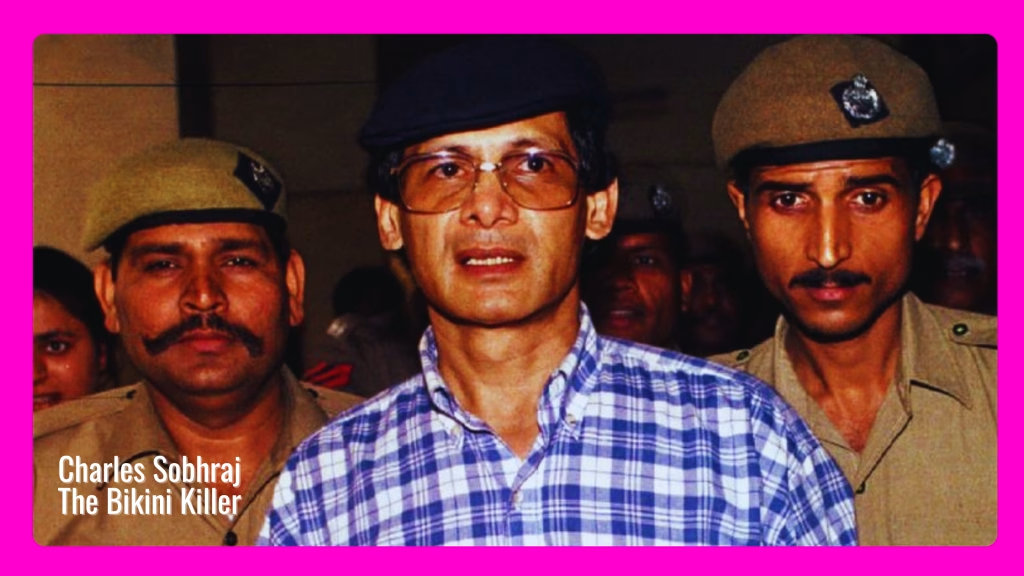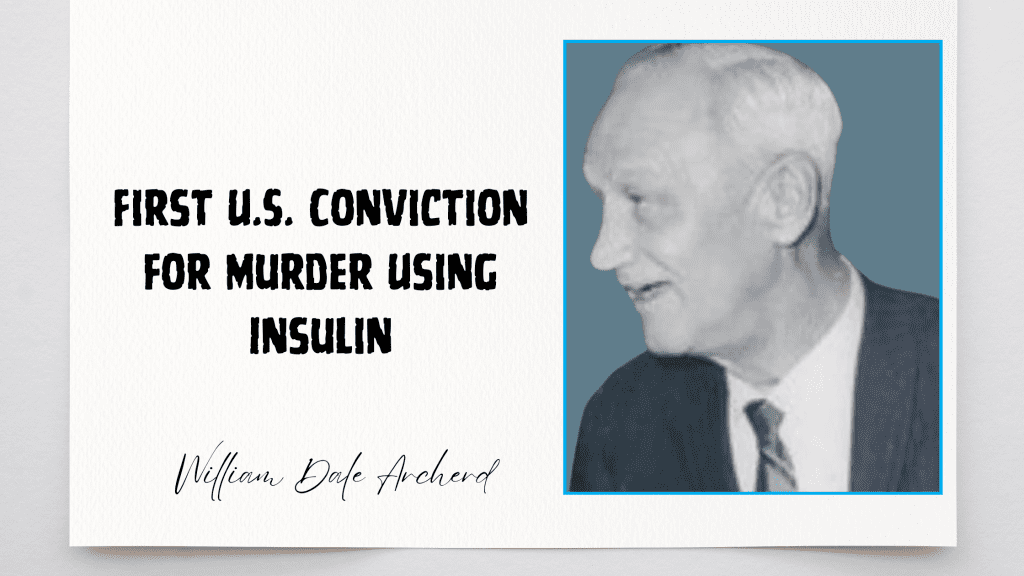Okay, let’s talk about a predator who wasn’t just a killer, but a master manipulator, a psychological contortionist, and frankly, one of the most audacious criminals of the 20th century. We’re diving into the twisted world of Charles Sobhraj, the “Bikini Killer,” the “Serpent,” the man who made evil look effortless.
Forget the lumbering slasher stereotype. Sobhraj was something else entirely. Imagine a man so charming, so intelligent, and so utterly devoid of empathy that he could look you in the eye, discuss Jungian archetypes or Nietzschean philosophy over dinner, and then calmly drug your wine and steal your life savings… or worse.
The Stateless Boy Who Became a Ghost
Born in 1944 in Saigon to a Vietnamese mother and an Indian father who abandoned him, Sobhraj’s start was bleak. Stateless, unwanted, shuffled between neglectful parents. This foundational rejection seemed to forge his core: a profound sense of entitlement and a belief that the world owed him everything. He learned early that survival meant manipulation. By his teens in Paris, petty crime escalated. But prison wasn’t a setback; it was his finishing school.
The Making of a Monster: Prison as a Laboratory
Inside, Sobhraj devoured books: classics, history, philosophy, psychology, and crucially, law. He studied Nietzsche’s “will to power” and Jung’s personality theories not as academic exercises, but as blueprints for control. He learned the prison rulebook inside out, manipulating guards with feigned illnesses, playing the victim, and mastering the art of getting his way. A psychological evaluation even then pegged him: “fascinating,” “paradoxical,” “intuitive intelligence,” “exploits weaknesses,” “brilliant actor,” “poseur extraordinaire.” Chillingly accurate.
The Con Takes Flight: Scamming Across Continents
Upon release, he immediately betrayed his wealthy benefactor, Felix d’Escogne, whose flaw was simple kindness. Sobhraj infiltrated Parisian high society, charmed everyone, and then meticulously burgled their homes. His weapon wasn’t just a knife; it was insight. He’d eavesdrop on travelers, learn their field (geology, academia, oil), then approach them as a knowledgeable peer, building trust before drugging them and vanishing with everything they owned.
Collecting passports like trophies, he became a ghost with multiple identities, traveling through Europe, the Middle East, and, crucially, Asia, deliberately targeting nations where corruption was rife and law enforcement was archaic. These weaknesses were exploited relentlessly. Money bought escape routes, silenced officials, and opened prison doors.
The Descent into Murder: The Bangkok Chapter
By the mid-70s, Sobhraj, now based in Thailand, escalated. With accomplices like the ill-fated Ajay Chowdhury, he began targeting young backpackers on the “hippy trail.” His method was chillingly consistent:
- Lure: Charm the vulnerable traveler (often lonely, out of money, or overwhelmed).
- Incapacitate: Drug them (often with strychnine disguised as dysentery medicine).
- Isolate & Control: Hold them captive, seizing passports and valuables.
- Dispose: Many victims were later found strangled, stabbed, or horrifically burned. The French policemen? The Israeli scholar? Just passports he needed.
He built a harem of unwitting accomplices, lovers like the tragic French-Canadian Marie-Andrée Leclerc and other young women, manipulating them with charisma and fear, ensuring they rarely grasped the full horror of his actions. He ran a literal “murder house” in Bangkok. Guests who stopped taking his “medicine” miraculously recovered and fled, realizing too late they’d likely escaped death.
The Cat-and-Mouse Game & The Inevitable Stumble
Sobhraj’s arrogance was his eventual downfall. He thought himself invincible, a “criminal Superman” above morality. Dutch diplomat Herman Knippenberg painstakingly connected the dots of murdered tourists back to one of Sobhraj’s aliases (“Alain Gautier”). Thai police, predictably corrupt, initially let him walk (allegedly for $15,000).
But Sobhraj pushed his luck. In India, attempting to drug an entire busload of French students in a Delhi hotel, the drugs kicked in too fast. Chaos ensued. Sobhraj was tackled. Finally, caught under one of his many names, he faced a formidable Indian investigator.
The Master Manipulator Behind Bars (Sort Of)
Even prison couldn’t fully contain him. Charged with drugging, robbery, and culpable homicide (not murder), he got 12 years. Inside Delhi’s Tihar jail? Inside, he lived like a king: bribing guards for luxury, giving paid interviews to global media, and commanding fear and respect from inmates and officials alike. This manipulation transformed him into a macabre celebrity, a boogeyman with “almost superpowers.”
His most audacious stunt? Facing extradition to Thailand (and a likely death sentence) upon his impending Indian release in 1986, he threw a prison farewell party. The feast? Laced with 820 sleeping pills. Guards slumped over rifles as Sobhraj simply walked out. He wanted to be recaptured in India; a 10-year extension was preferable to Thai execution. Cold calculation.
The Final Curtain… in Nepal
Released in 1997 (Thai statute of limitations expired), he returned to France a wealthy man, selling his story. But the serpent couldn’t resist slithering back. In 2003, he visited Nepal. Authorities arrested him. Flimsy evidence or not (he claimed innocence, decrying “archaic law”), he was convicted for the 1975 murders of two backpackers and later another murder. He remains imprisoned there today, married inside, likely still manipulating his environment.
Read more: Abdullah Shah – Afghanistan’s Serial Killer Horror
The Unanswerable Questions & The Chilling Persona
What’s truly unsettling isn’t just the body count (estimated 12-20, but likely higher), but how. Sobhraj wasn’t driven by rage or psychosis in the typical sense. He was chillingly rational:
- On murder: “I can justify the murders to myself. I never killed good people.” / “If I have ever killed… it was purely for reasons of business, just a job, like a general in the army.”
- On his past: “I have already taken from the past what is best for me… If I play back a murder, it will be to see what I have learned from the method. I won’t even notice the body.”
- On what makes a murderer: “Either they have too much feeling and cannot control themselves, or they have no feelings. It is one of the two.”
Journalist Richard S. Ehrlich, who interviewed him, nailed it: “strangely likeable but terrifying.”
So, What Do We Make of Charles Sobhraj?
Was he a criminal mastermind? Undeniably. His prison escapes, decades-long deception, linguistic fluency (7 languages!), and psychological manipulation are darkly impressive feats of cunning and will. His study of the human mind was weaponized to perfection.
But let’s be crystal clear: that “admiration” is purely for the horrific efficiency of his evil. Strip away the intellect and charm, and you find the core: a profoundly damaged, psychopathic narcissist devoid of empathy, viewing human lives as utterly expendable tools for profit, pleasure, or simply because he could. He wasn’t a superhero; he was a super-predator.
He exploited systemic weaknesses, preyed on trust and vulnerability, and left a trail of shattered lives across continents. His story is a grim reminder of the banality of evil wrapped in a dangerously attractive package. It’s the ultimate con – one that finally ran out of road in a Nepali prison.





Pingback: Ershad Sikder: Serial killer of Bangladesh - Serial Killers Perspectives